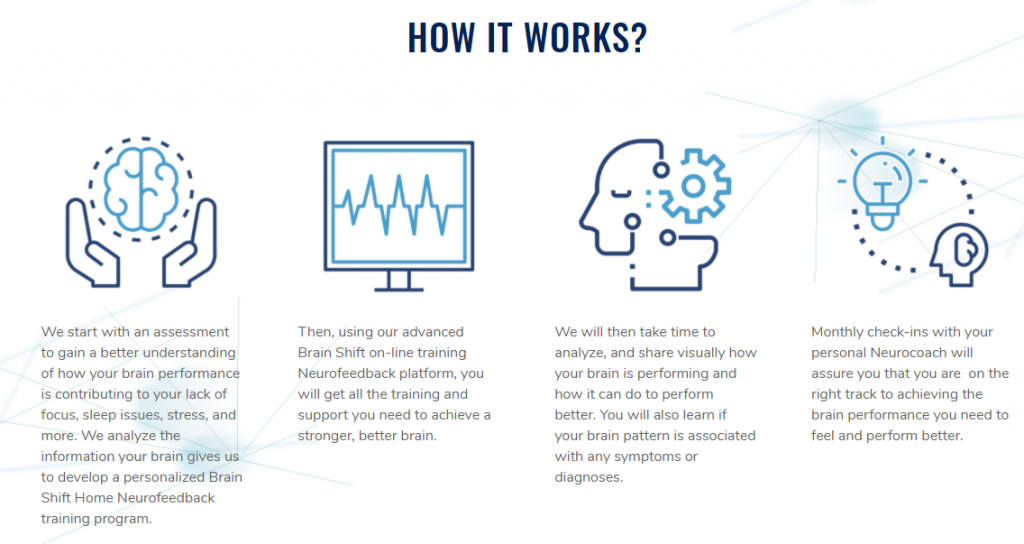Unveiling the Connection Between quantitative EEG and Sleep Disorder Patterns for Enhanced Assessment and Treatment
Sleep hypopnea is a prevalent slumber condition that affects many individuals around the globe. It happens when a person's breathing is disrupted during slumber, resulting to subpar slumber quality and multiple medical issues. One of the ways scientists and physicians are working to better comprehend and diagnose sleep apnea is through a technique called quantitative EEG, or qEEG. This approach measures the electrical function of the brain and can provide important insights into how sleep apnea affects cerebral function and overall well-being.
qEEG entails placing small sensors on the head to record brain oscillations. These cerebral oscillations are then analyzed to identify trends that may indicate sleep conditions, including sleep apnea. By analyzing these patterns, healthcare providers can obtain a more precise picture of how sleep apnea disrupts normal brain function during slumber. This data can be crucial for formulating effective treatment plans tailored to specific clients. Comprehending the relationship between qEEG and sleep apnea can lead to improved diagnostic techniques and superior results for those affected by this disorder.
Studies has demonstrated that individuals with sleep apnea often exhibit distinct alterations in their cerebral oscillation trends. For instance, during instances of apnea, the brain may exhibit heightened function in specific regions while additional areas become less active. These changes can influence how effectively a individual slumbers and how refreshed they perceive upon waking. By using qEEG to monitor these brain wave trends, physicians can recognize particular traits of sleep apnea in clients, which can assist in formulating a more accurate identification. This is especially important because sleep apnea can sometimes be mistaken for other sleep disorders, leading to inappropriate treatments.
In addition to improving diagnosis, qEEG can also play a role in evaluating the efficacy of treatments for sleep apnea. For instance, after a patient begins using a continuous positive airway pressure (CPAP) machine, which helps keep the airway clear during sleep, qEEG can be utilized to evaluate alterations in cerebral function. If the cerebrum exhibits enhanced trends of slumber after initiating treatment, it may suggest that the treatment is functioning effectively. This feedback can help doctors make necessary adjustments to treatment plans, ensuring that visit their website patients obtain the optimal treatment feasible.
Overall, the relationship between qEEG and sleep apnea trends is an promising area of study that offers potential for improving diagnosis and treatment. By understanding how sleep apnea affects brain function, healthcare providers can formulate more efficient approaches to assist clients attain improved sleep and improve their overall health. As research progresses to advance, it is probable that qEEG will become an essential tool in the fight against sleep apnea, leading to superior results for those who experience from this difficult disorder.